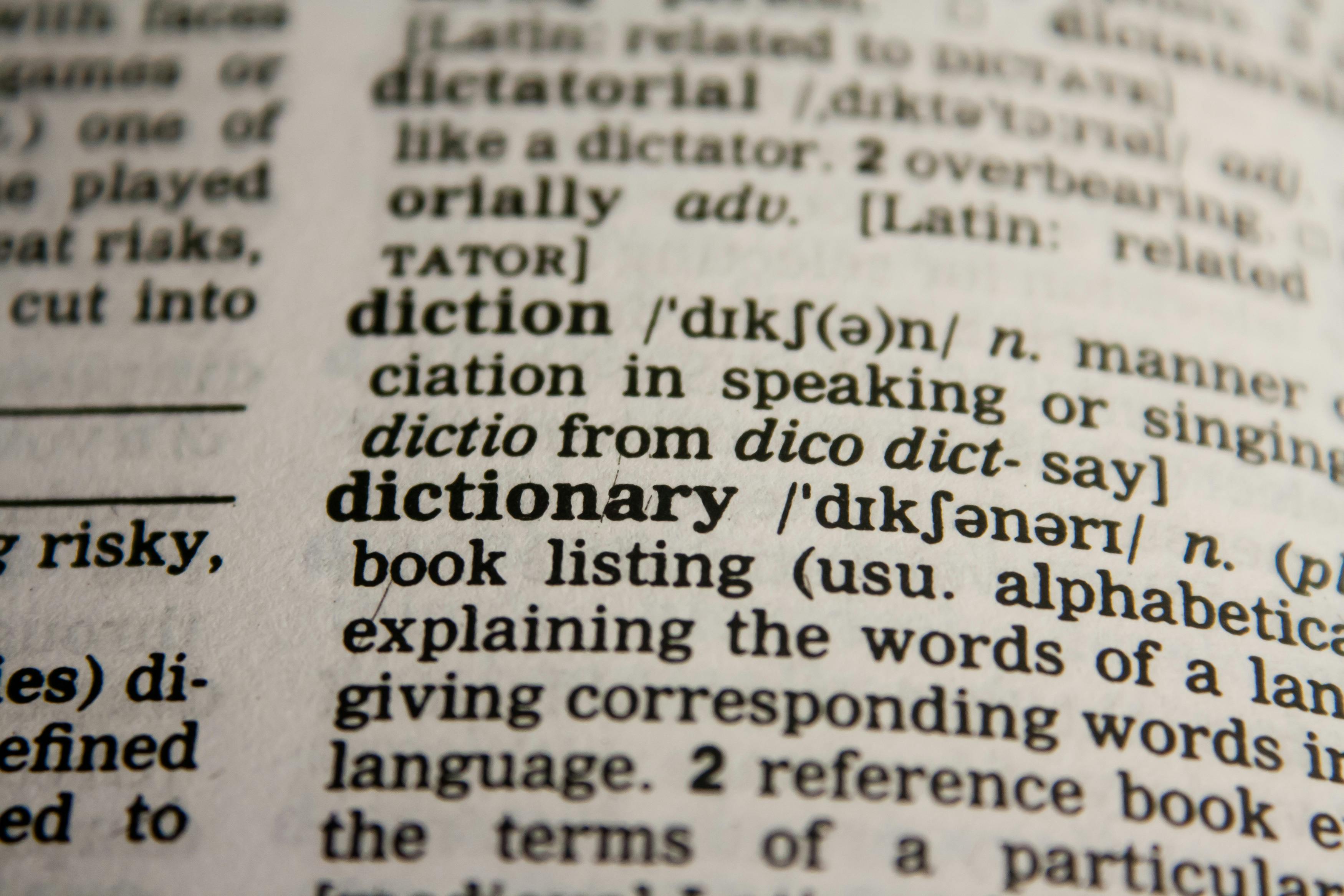Theoretical Background to Electronic Portfolio
Completion requirements
In this part, the following issues related to e-portfolio will be addressed:
- Definition of (E)-portfolio
- Paper versus E-portfolios
- Classification of (E)-portfolios
- Advantages and Disadvantages of E-portfolios
- Steps towards Successful E-portfolio Implementation
1. Definition of (E)-portfolio
A great number of research has been published on portfolios and their role in teacher training. In general, portfolios can be viewed as follows:
- “a collection of activities, opinions, attitudes and products of students' work which are continuously being created – from the role of a student teacher beginner until finishing the university” (Svatoš and Holý 2007, p. 22)
- “A portfolio tells a story. It is the story of knowing. Knowing about things… Knowing oneself … Knowing an audience… Portfolios are students´ own stories of what they know, why they believe they know it, and why others should be of the same opinion. A portfolio is opinion backed by fact… Students prove what they know with samples of their work” (Paulson and Paulson 1996, p. 2)
- “Learning portfolios are intended to support, measure and document critically self-reflective lifelong learning, and they are perceived to be a valuable pedagogical tool for higher education institutions seeking to broaden learning experiences, such that their graduates may ultimately embody a range of “21st century skills” and competencies” (Scully et al., 2018, p. 3)
